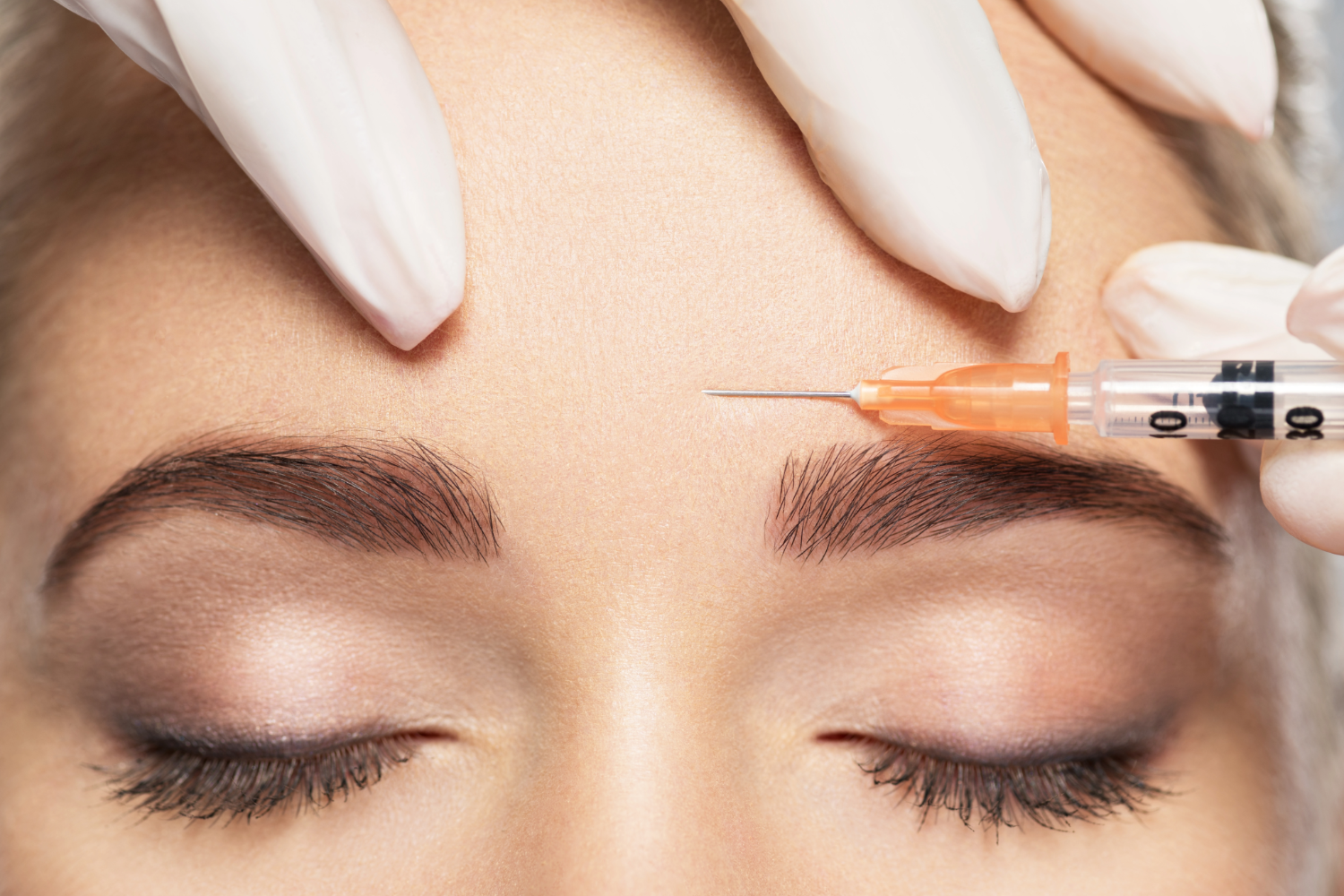
Navigating the hours and days immediately following a neurotoxin injection, commonly known as Botox, requires an adherence to a specific set of temporary restrictions that are often counterintuitive to one’s natural habits. The success of the cosmetic procedure—the precise, targeted relaxation of facial muscles—is contingent not only on the injector’s technique but equally on the patient’s post-treatment compliance. The injectable material, a meticulously calibrated neurotoxin, must be given the opportunity to bind effectively to the targeted nerve receptors without being subjected to external forces or internal physiological disruptions that could cause it to spread, be metabolized prematurely, or be displaced. This period of deliberate caution serves as a critical buffer against the development of asymmetry, unwanted muscle weakness, or a reduction in the overall longevity and efficacy of the treatment. Therefore, understanding the rationale behind the prohibitions—which range from positional mandates to temporary dietary changes—transforms what might seem like arbitrary rules into a conscious strategy for optimizing the outcome.
The single most impactful immediate avoidance is the position of the head and body for the first four hours.
The single most impactful immediate avoidance is the position of the head and body for the first four hours. This seemingly minor constraint on posture is designed to counteract the effects of gravity and pressure on the freshly deposited neurotoxin. The injection sites, although micro-fine, are points of entry where the liquid product is most susceptible to displacement before it has begun the critical process of binding to the nerve endings. The mandate to Try to stay upright for three to four hours after Botox directly addresses the risk of toxin migration. Lying down, particularly on the stomach or side, can exert uneven pressure on the treated facial muscles, while bending over sharply can increase blood flow to the head and potentially encourage the toxin to diffuse away from the intended muscle group into adjacent, non-target muscles. This unintentional spread is what can, in rare cases, lead to complications such as temporary ptosis, or drooping of the eyelid, which is a key reason for this initial positional vigilance.
Try to stay upright for three to four hours after Botox
Avoiding any form of physical manipulation of the treated areas is equally non-negotiable during the initial 24 to 48 hours. The impulse to touch, rub, or even gently massage the injection sites, perhaps to check for swelling or simply out of curiosity, must be actively resisted. The concern here is twofold: introducing foreign contaminants to the freshly breached skin barrier and physically pushing the neurotoxin. The advice, which is consistently emphasized, to Don’t massage the area ensures that the product remains localized where the skilled injector placed it. Any external force applied directly to the site risks driving the liquid into surrounding tissue, disrupting the precision of the treatment and potentially causing unintended muscle relaxation. Even the routine of applying makeup or cleansing the face should be performed with an exceptional degree of gentleness to minimize any shearing or pressure on the skin.
Don’t massage the area
A temporary hiatus from all forms of strenuous physical activity is another core pillar of post-Botox care. While light walking or gentle movement is generally acceptable, any activity that significantly elevates the heart rate and subsequently the blood pressure within the first full day post-procedure must be avoided. The recommendation to wait 24 hours before attempting any strenuous exercise is not arbitrary; it is rooted in vascular physiology. Increased blood flow acts as a circulatory vehicle, raising the theoretical risk of the neurotoxin being flushed away from the injection site and distributed into the bloodstream prematurely, which could lessen its local efficacy. Furthermore, vigorous exercise often involves bending, straining, and heavy lifting, all of which increase facial pressure and the likelihood of unintended product migration, in addition to potentially exacerbating any post-injection swelling or bruising.
wait 24 hours before attempting any strenuous exercise
The consumption of substances that influence blood clotting and vessel dilation is another critical area of temporary avoidance designed to minimize bruising and swelling, which are the most common and visible side effects of the procedure. Alcohol, due to its well-established properties as a vasodilator, causes blood vessels to widen, increasing blood flow to the skin’s surface. This effect, when combined with the micro-trauma of the injection, significantly heightens the probability of increased blood flow, which can cause Botox to migrate. Consequently, patients are advised to refrain from consuming alcohol for at least 24, and preferably 48, hours both before and after the treatment. A similar restriction applies to non-steroidal anti-inflammatory drugs (NSAIDs) such as aspirin and ibuprofen, which can thin the blood and impede the clotting process at the injection site, making bruising more pronounced and longer-lasting.
increased blood flow, which can cause Botox to migrate
Exposure to excessive heat is an environmental factor that must also be curtailed in the immediate post-treatment phase. The recommendation to steer clear of saunas, hot tubs, prolonged sun exposure, and rigorous sunbathing for at least 48 hours is based on the effect of heat on both the circulatory system and the skin’s inflammatory response. High temperatures induce vasodilation, increasing blood flow, which re-introduces the risk of product diffusion and can unnecessarily prolong the duration of post-treatment redness and swelling. This is not about the product “melting,” a common misconception, but rather about Excessive heat, such as hot tubs, saunas, and sunbathing, can cause blood vessels to expand, creating a less stable environment for the toxin to settle into the muscle tissue. A similar caution extends to any high-heat-generating skin treatments in the days following the injection.
Excessive heat, such as hot tubs, saunas, and sunbathing, can cause blood vessels to expand
Scheduling conflicts with other cosmetic or dermatological treatments requires careful planning to ensure the integrity of the neurotoxin placement is not compromised. Procedures involving facial massage, deep manipulation of the facial tissues, or strong exfoliative treatments must be postponed. Facials and deep tissue massages should be avoided for at least 24 hours, though most practitioners suggest waiting a full week to be completely cautious. More invasive treatments, such as chemical peels, microdermabrasion, or laser resurfacing, which cause significant dermal activity or blood flow, typically require a waiting period of one to two weeks. The core principle is that facial massages or any form of direct manipulation can disrupt the settling process of Botox, and it is paramount to allow the neurotoxin its full grace period to bind to its intended target before subjecting the skin to further intervention.
facial massages or any form of direct manipulation can disrupt the settling process of Botox
The seemingly contradictory instruction to actively exercise the treated facial muscles immediately following the procedure is an intentional strategy to enhance the binding process. While strenuous body exercise is prohibited, patients are often encouraged to frown, smile, raise the eyebrows, and squint for short periods in the initial hour after the injection. This gentle, repetitive motion is believed to facilitate the toxin’s absorption into the targeted muscle receptors, theoretically This helps the Botox solution infiltrate targeted muscles more uniformly and potentially initiate the full effect of the muscle relaxation sooner. This is a subtle yet significant distinction from vigorous manipulation; it is an internal activation of the muscle, not an external pressure applied to the skin.
This helps the Botox solution infiltrate targeted muscles
In summary, the period following a neurotoxin injection is characterized by a series of temporal prohibitions that are all unified by the goal of optimizing the treatment’s outcome and minimizing side effects. The careful management of body position, the temporary avoidance of strenuous physical exertion, the abstinence from blood-thinning agents, and the postponement of other facial treatments are not simply general cautionary notes. They represent specific, physiologically grounded strategies designed to ensure the product remains localized, effective, and free from external factors that could lead to diffusion or rapid metabolization. The patient’s commitment to these detailed aftercare instructions forms the critical final step in the precision-based cosmetic procedure.
